| We got a brochure when we paid to see the house and here's what it said about this room. "This small room is the only one on the main floor dedicated solely to Jefferson's family members. Jefferson's eldest daughter, Martha Jefferson Randolph, who lived at Monticello with her large family during her father's retirement years, used it as her sitting room and office, and as a classroom for her children. From this room, Martha oversaw the household and domestic activities on the plantation - including, in the main house, approximately 15 enslaved people working as housemaids, cooks, manservants, ladies' maids, child-minders, waiters, and porters. Silhouettes of Jefferson family members hang on the walls. Jefferson's wife, Martha Wayles Skelton, died in 1782 at the age of 33. He described their marriage as "ten years of unchequered happiness." He never remarried. Of their six children, only two - Martha and Mary- lived to adulthood. Mary Jefferson Eppes died in 1804 from complications of childbirth, but Martha and most of her 11 children lived at Monticello from 1809 to 1826." |





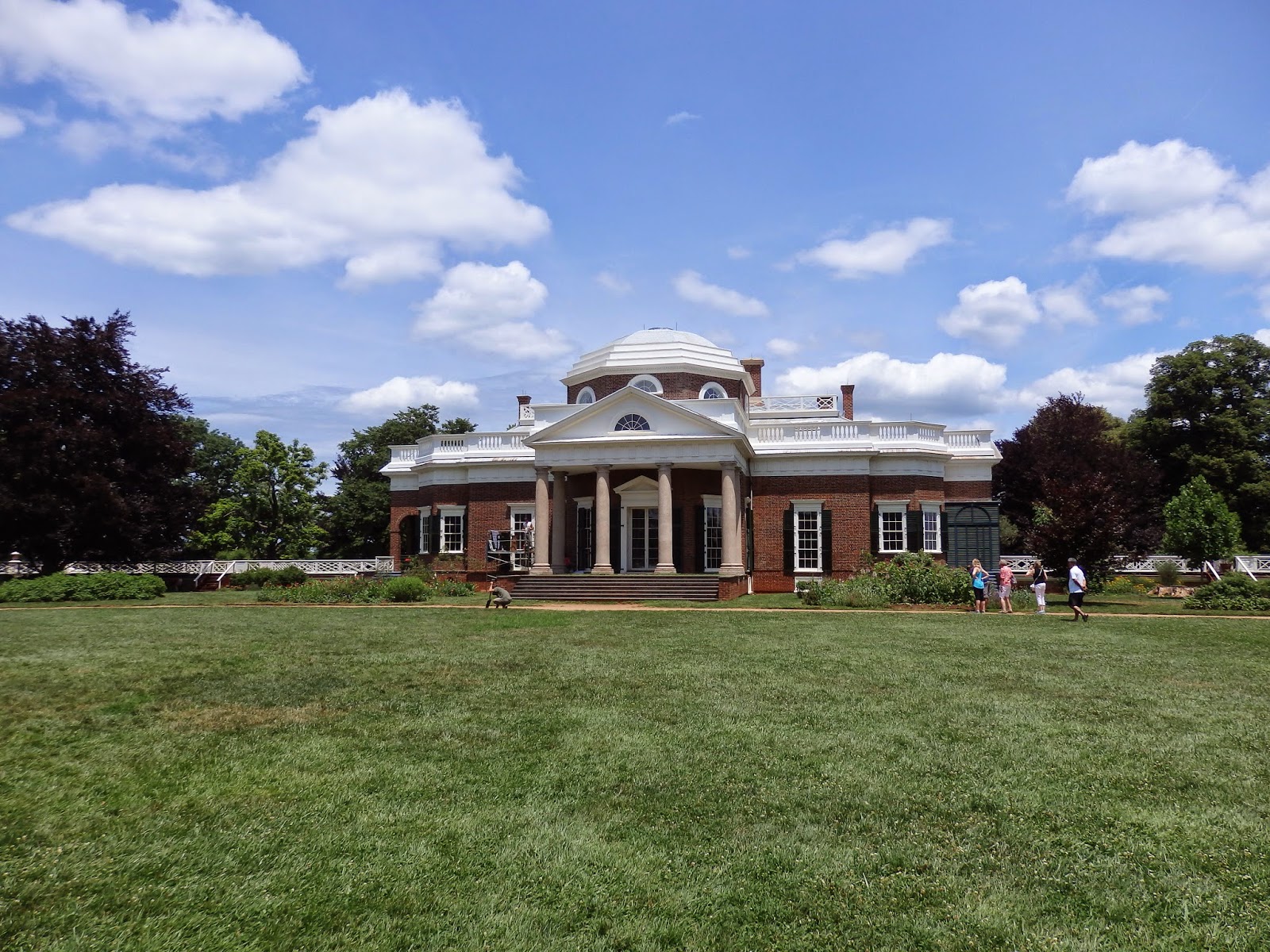
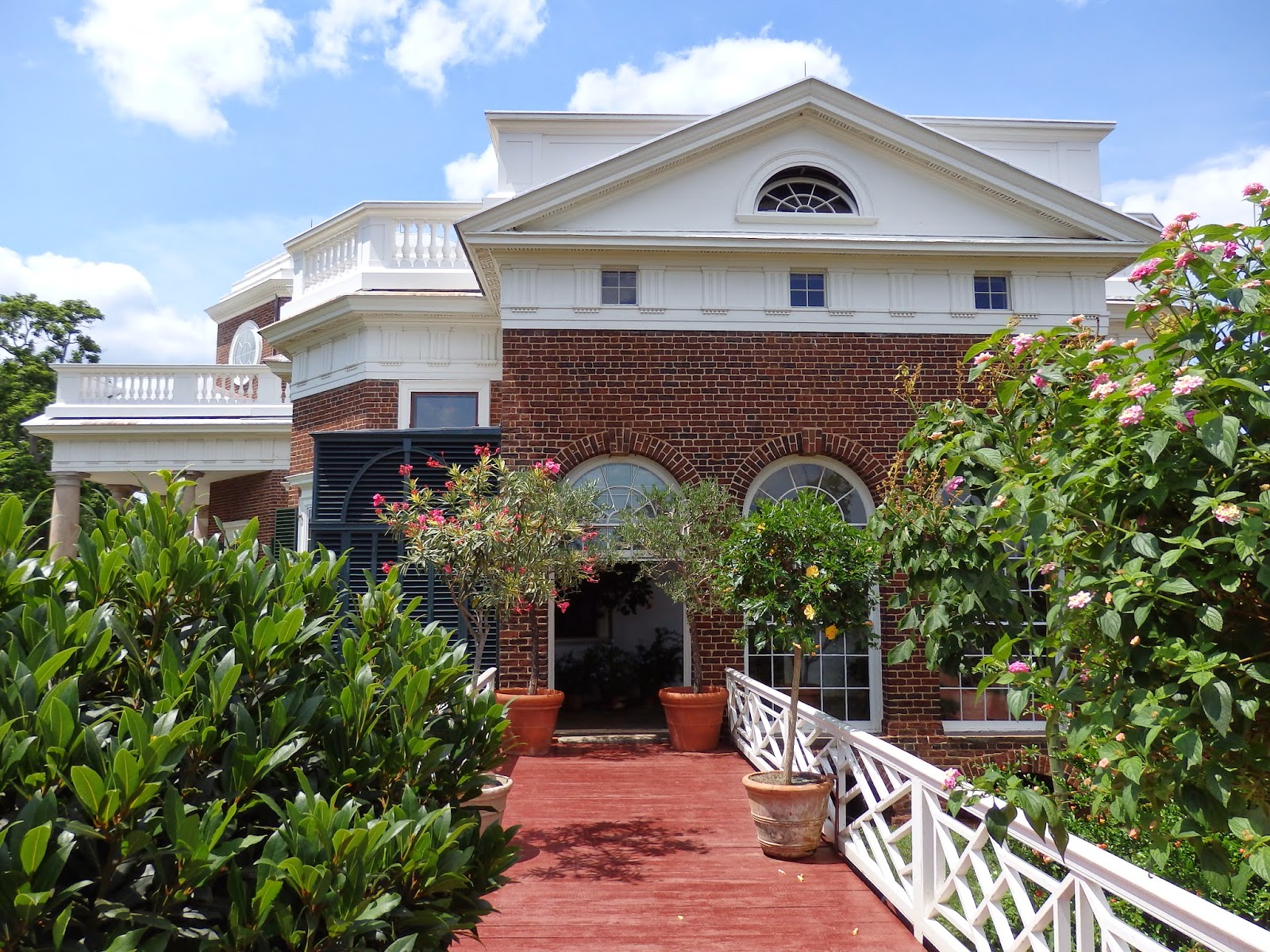






































































































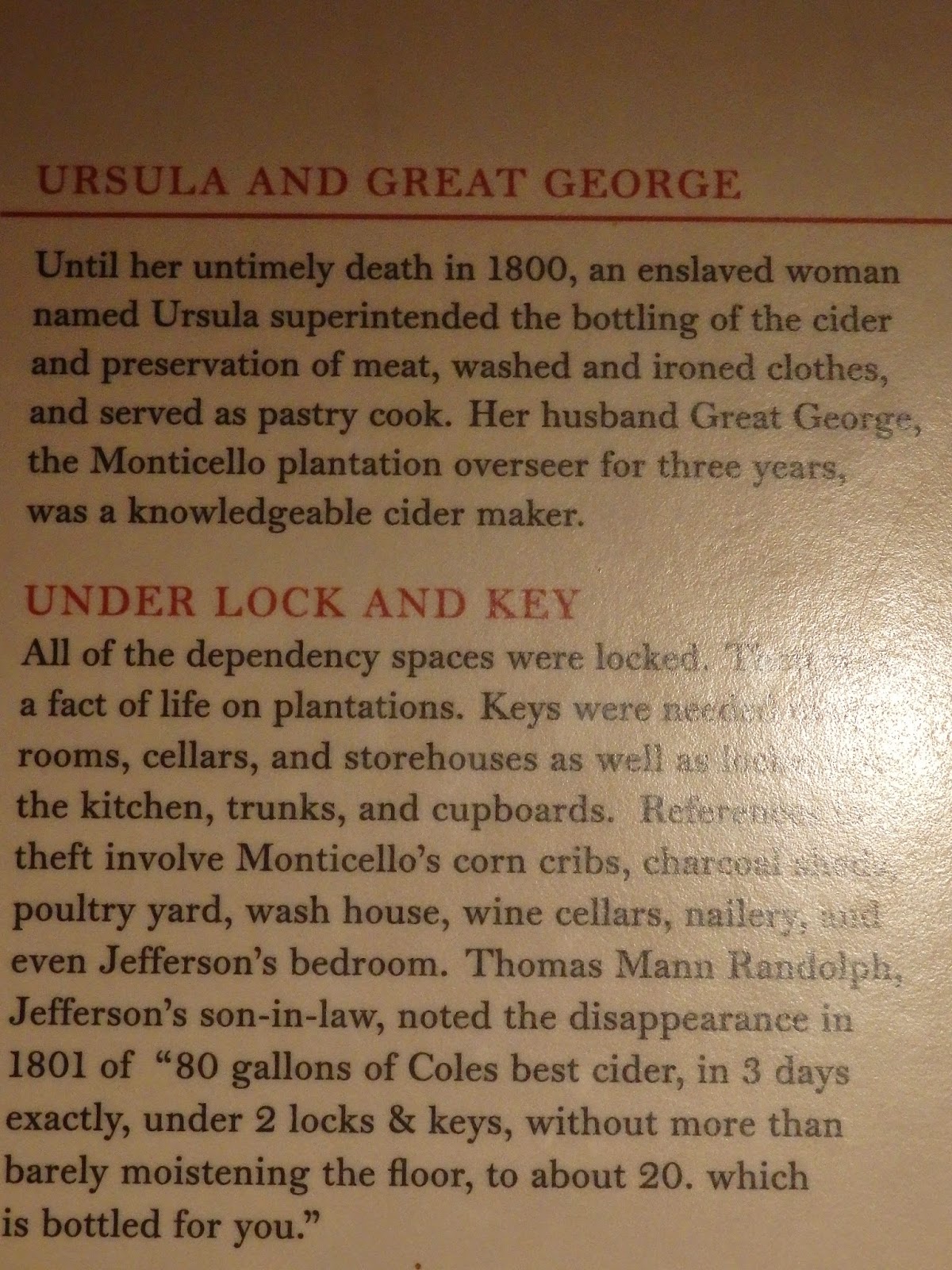

























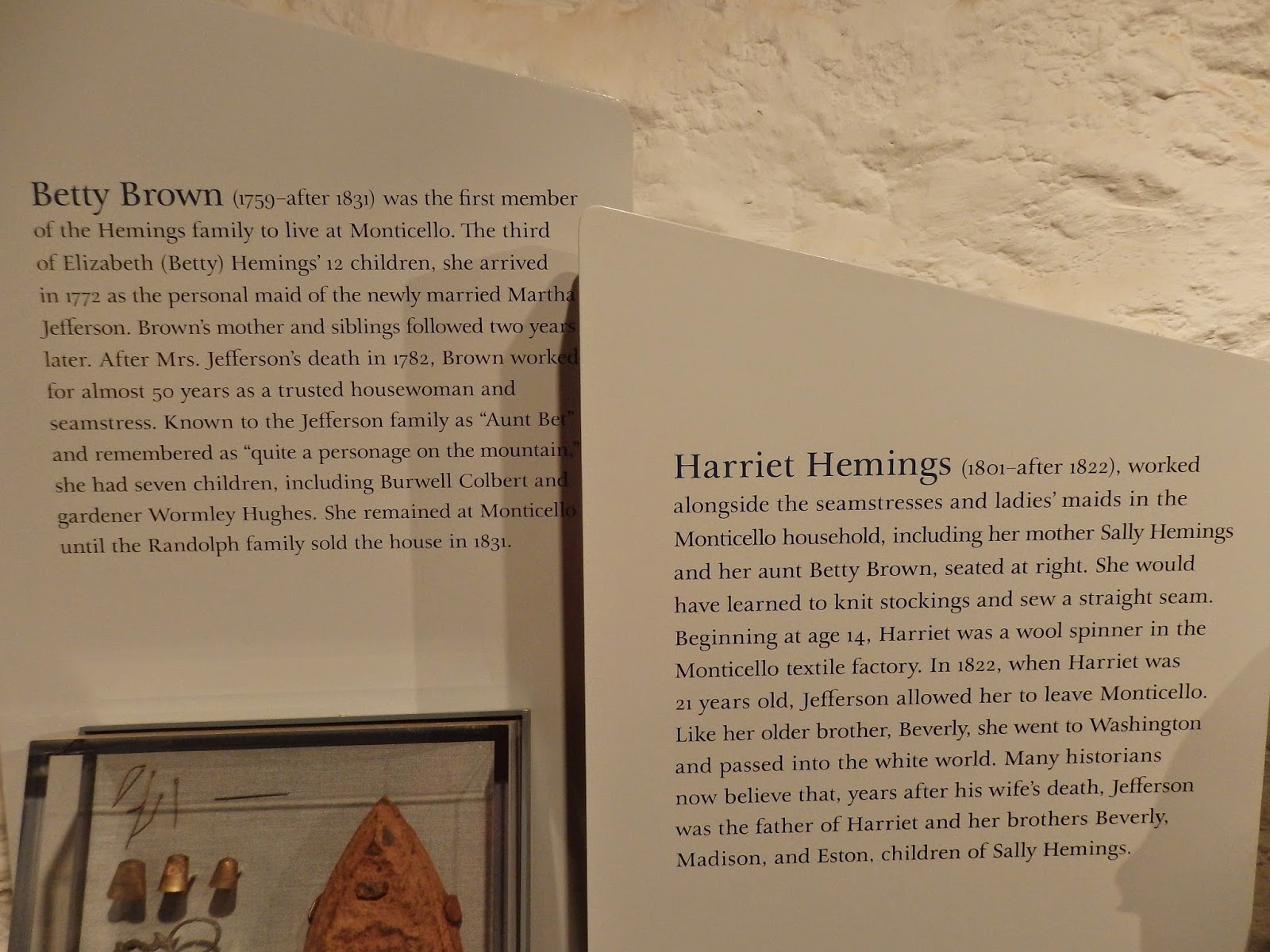














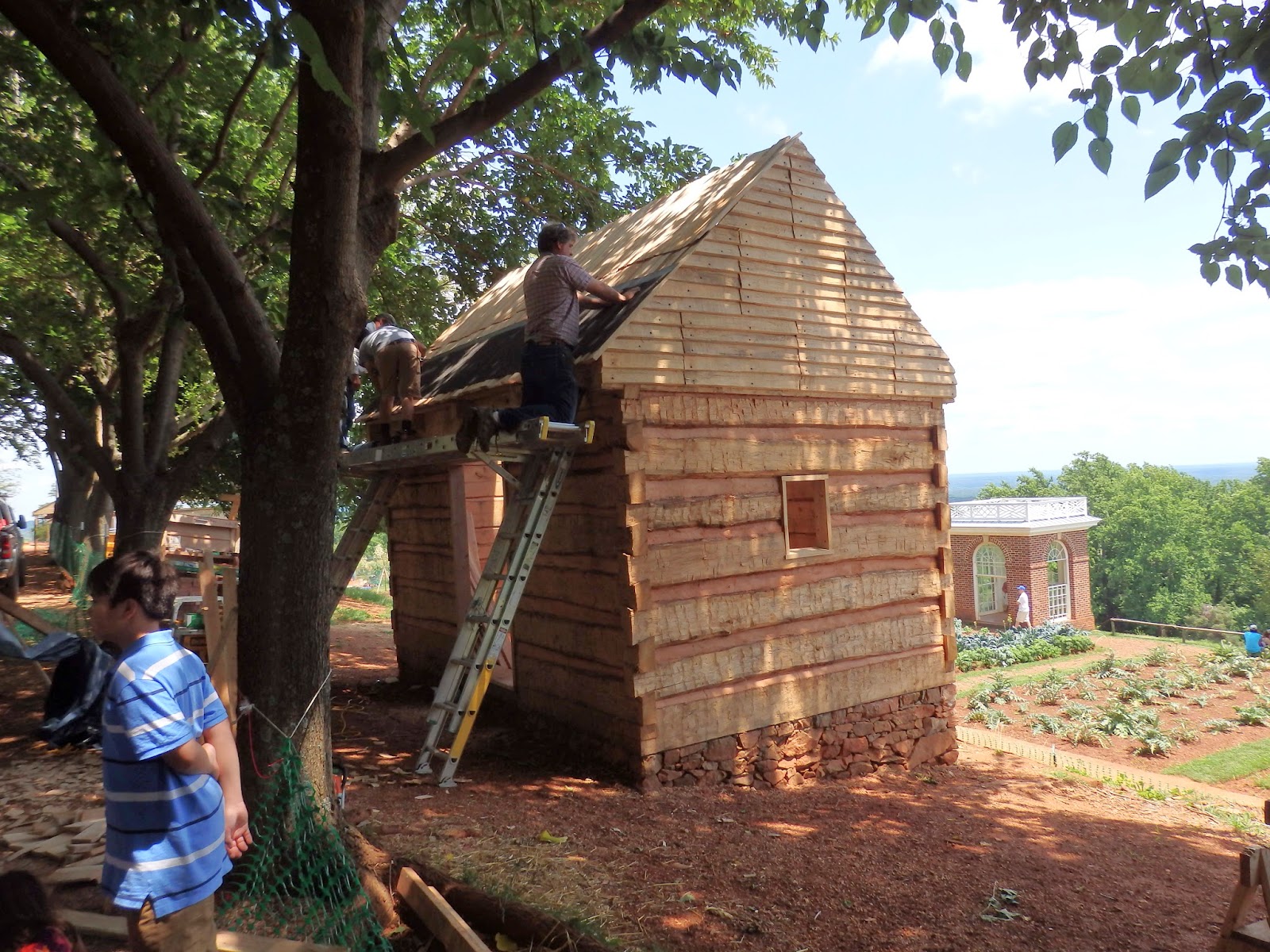





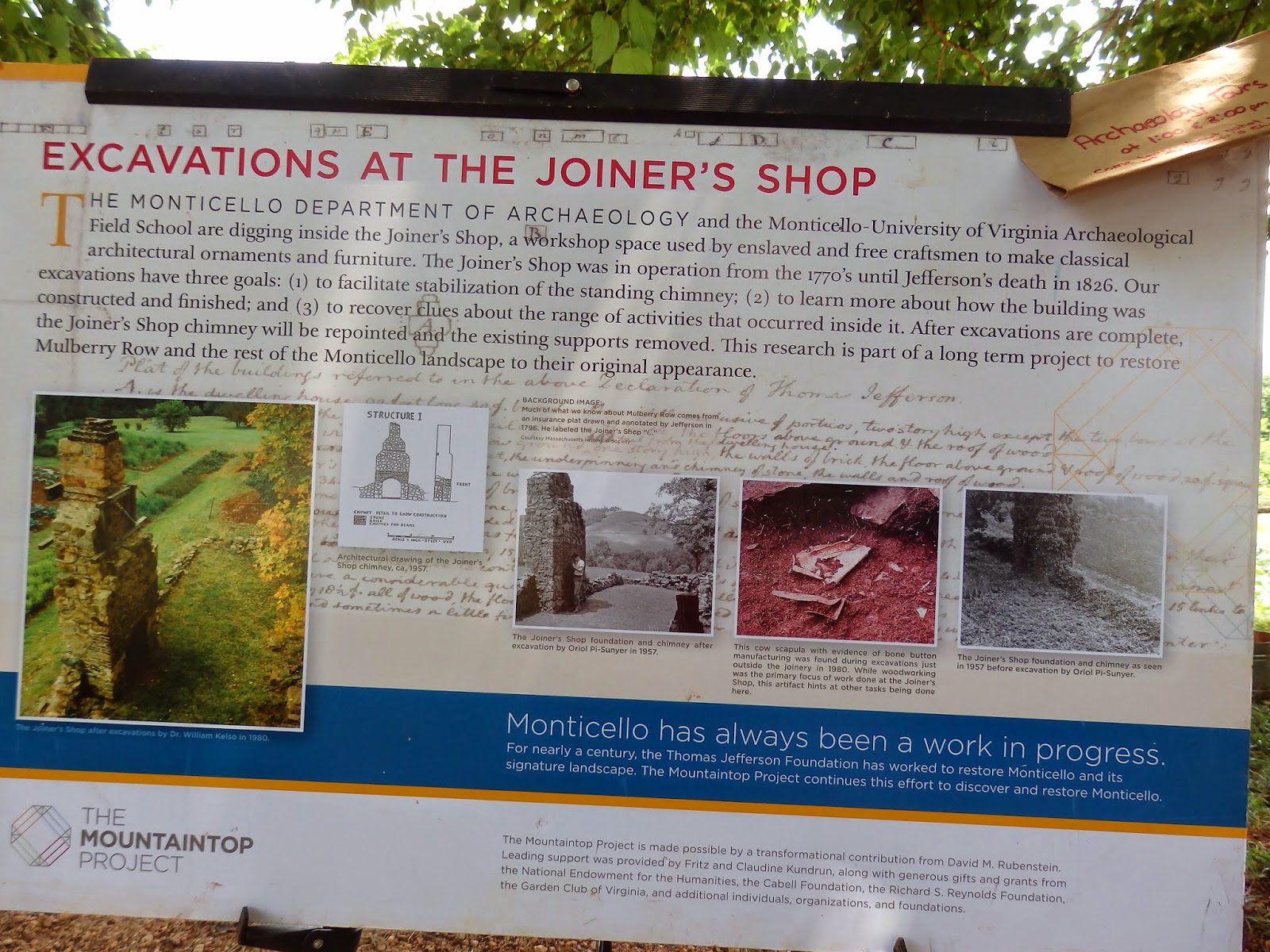







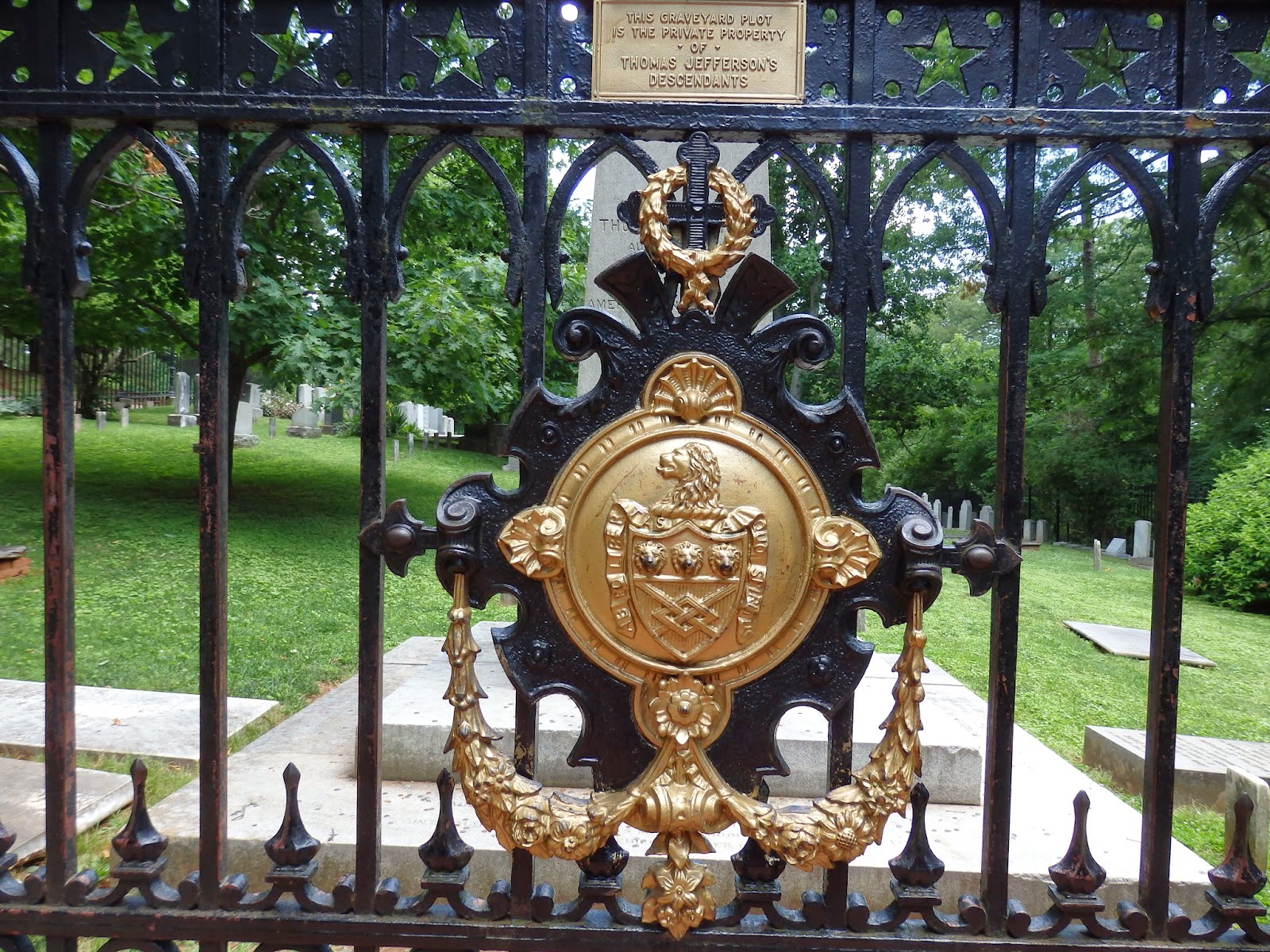




































No comments:
Post a Comment